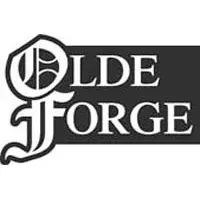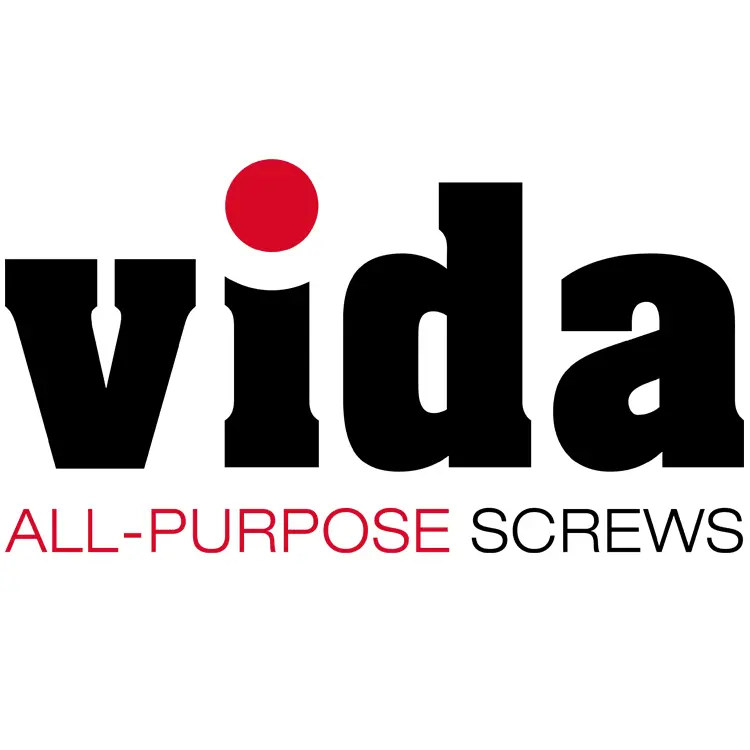31st January 2022
Fire Extinguisher guide
Fire Extinguishers are an extremely effective way to put out fires, but many of us may either not know the basics of operating them and which one to use, or could just use a refresh on this extremely important topic. We take a look at the different types of Fire Extinguisher, their operational methods and which one is used in several types of emergencies.
IronmongeryDirect
31st January 2022
5 mins
How to Operate a Fire Extinguisher
A simple four-step procedure has been established to ensure that Fire Extinguishers are used correctly and effectively:
The PASS technique is as follows:
Pull - Pull the pin to break the tamper seal.
Aim – When aiming the Fire Extinguisher, it is vital to aim low. It is important that the base of the fire is extinguished as soon as possible. Note : If using a CO2 Fire Extinguisher, do not touch the nozzle as coming in to contact with the CO2 can cause damage to the skin.
Squeeze - Squeeze the handle of the Fire Extinguisher to deploy the correct extinguishing agent.
Sweep – When deploying the extinguishing agent, the correct technique is to sweep from side to side at the fuel source, which is at the base of the fire. Repeat this process until the fire is out.
Types of Fire Extinguisher
There are 6 types of Fire Extinguisher, all serving different purposes and are labelled in specific ways to provide a clear visual aid to its users. According to Safelincs: “Fire extinguishers meeting BS EN3 should have a red body (RAL 3000) and an agent-specific colour code band covering between 5-10% of the surface relating to the extinguisher's contents.”¹.
Water: Water Fire Extinguishers are marked with a red label.
Foam: Foam Fire Extinguishers are marked with a cream label.
CO2: CO2 Fire Extinguishers are marked with a black label.
Powder: Powder Fire Extinguishers are marked with a blue label.
Water Mist: Water Mist Fire Extinguishers are marked with a white label.
Wet Chemical: Wet Chemical Fire Extinguishers are marked with a yellow label.
When Should Each Type of Fire Extinguisher be Used?
Each type of Fire Extinguisher serves a very specific purpose, and not using the correct one can result in the situation escalating. While there is some crossover, there will be an ideal option for any scenario.
Water: A Water Fire Extinguisher is primarily used for any fire that involves solid combustible material, including paper, wood and textiles. Certain models of Water Fire Extinguishers are di-electrically tested, meaning they can also be used for electrical fires, but if they are not tested to this standard, electrical equipment must be avoided.
Foam: Foam Fire Extinguishers can be used on both solid combustible material and flammable liquids, with the purpose of the foam being to prevent re-ignition of the fire. Similar to Water Fire Extinguishers, if a Foam Fire Extinguisher has been di-electrically tested, it can be used on electrical equipment.
CO2: The original purpose of CO2 Fire Extinguishers is for use on flammable liquids, however, due to its lack of conductivity and harmful residue left behind during operation, they are the ideal choice for electrical fires.
Powder: Powder Fire Extinguishers are more of an all-round product, with the ability to tackle flammable combustible material, flammable liquids, flammable gases and electrical fires. However, the specifics of the use of this type of Fire Extinguisher is based on location. The powder used in these types of Fire Extinguishers can be dangerous when inhaled in small spaces, so it is recommended to stick to environments such as engine rooms or outdoor machinery when operating a Powder Fire Extinguisher.
Water Mist: A Water Mist Fire Extinguisher will tackle the same categories of fires as its powder counterpart, but the way it tackles them differs. The de-ionised water used in these Fire Extinguishers will not conduct electricity like standard water, and the mist the specific nozzle creates means that puddles will not form around the fire, which is particularly ideal in the case of electrical fires.
Wet Chemical: Of all of the Fire Extinguishers listed, a Wet Chemical Fire Extinguisher serves the most specific purpose. This type of Fire Extinguisher can perform similar functions to others, such as tackling solid combustible and flammable liquids, but what makes the Wet Chemical Fire Extinguisher unique is that it has been specifically manufactured to put out fires caused by combustible cooking matter, such as burning oil or fat.

Now you know the basics of Fire Extinguishers, we hope that if it ever came to it, you would be confident enough to take the necessary steps if a fire were to ever break out. To ensure your Fire Extinguishers are mounted correctly and safely, shop our range of Fire Extinguisher Brackets here.
References:
https://www.safelincs.co.uk/fire-extinguisher-types/














